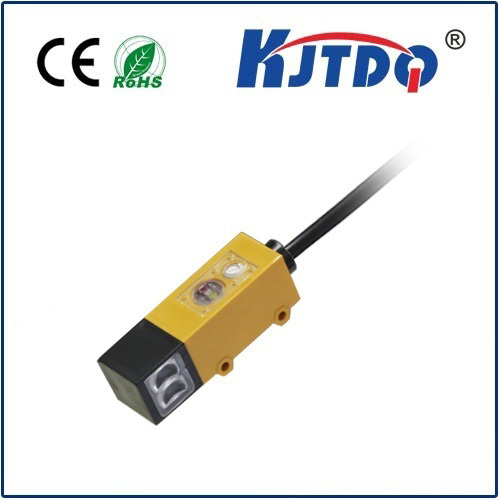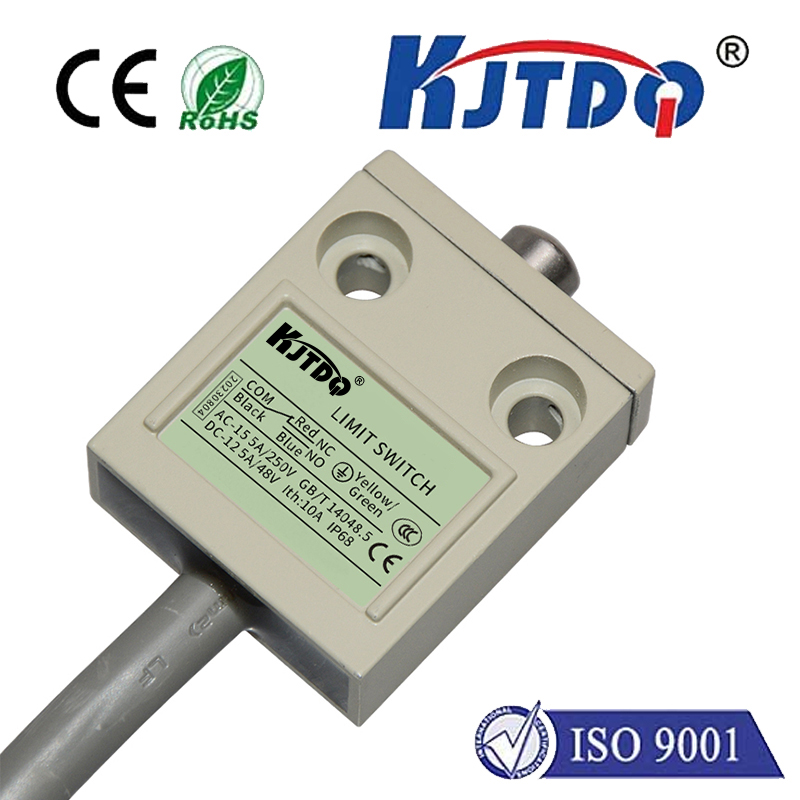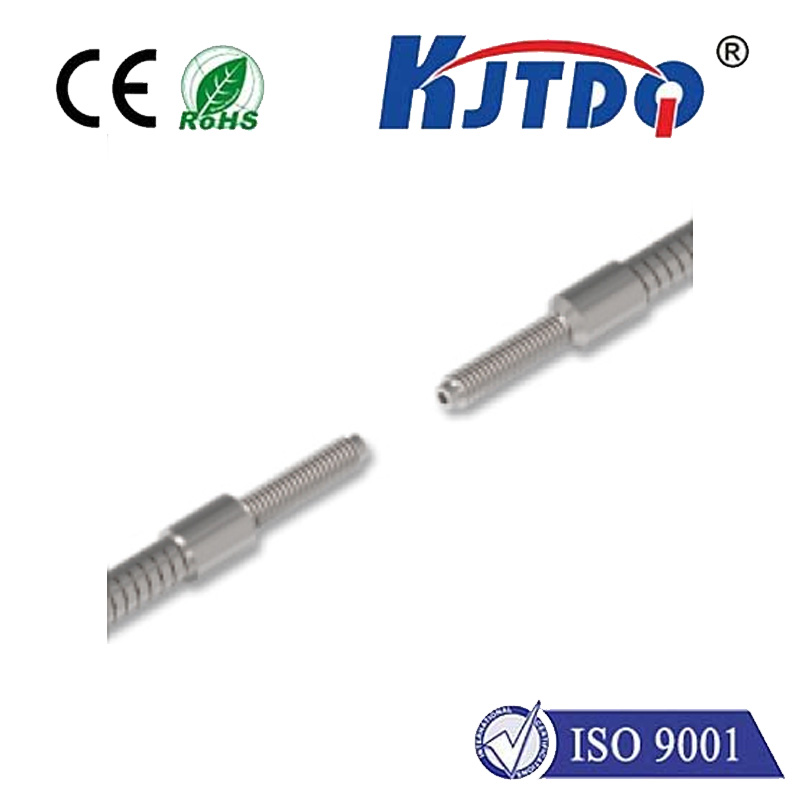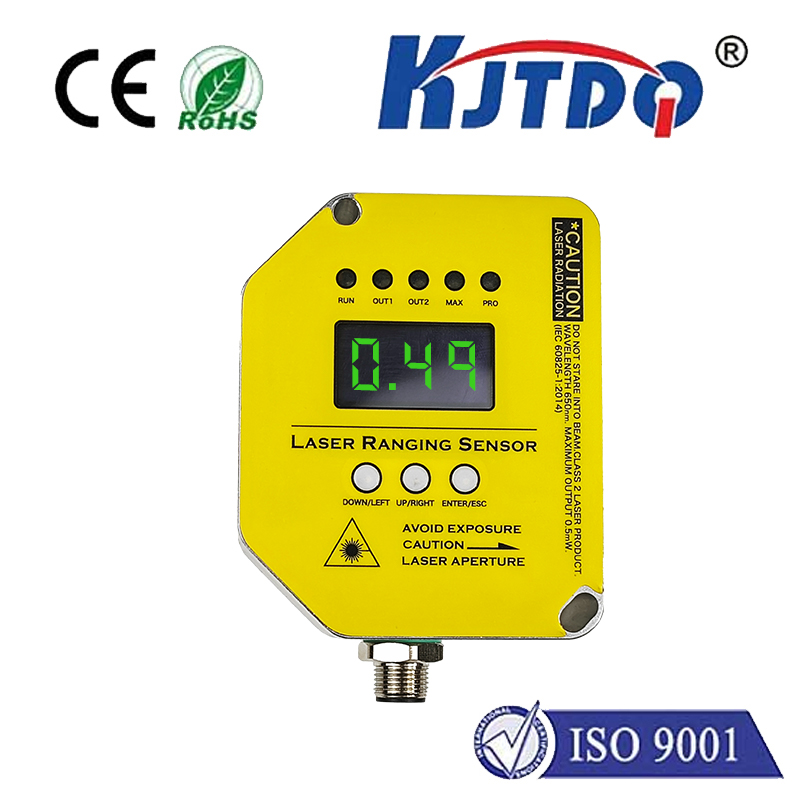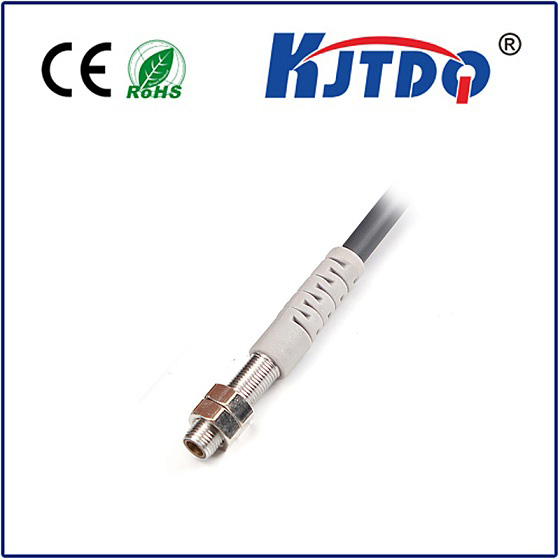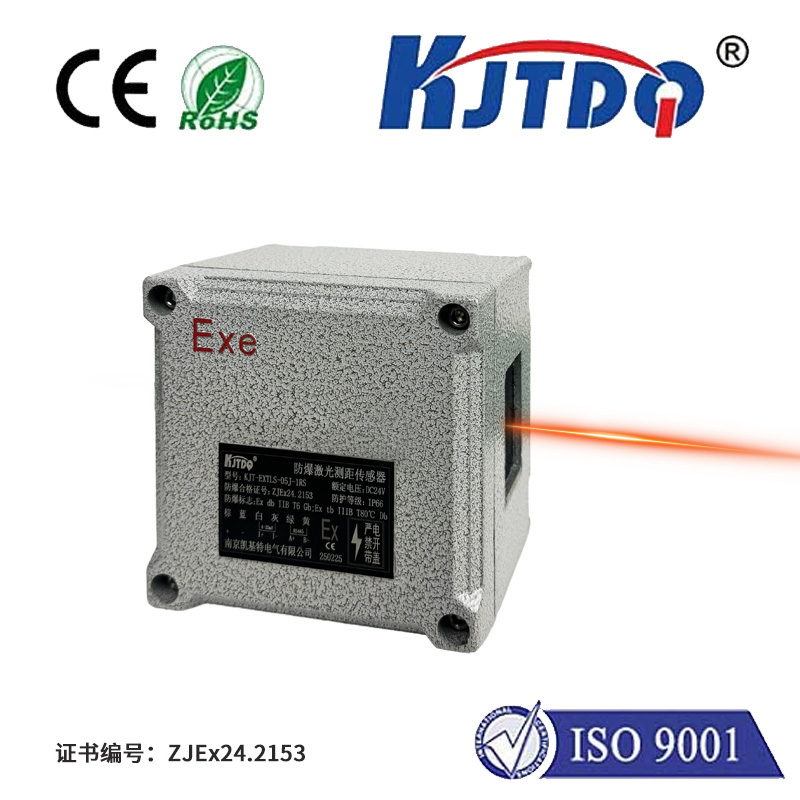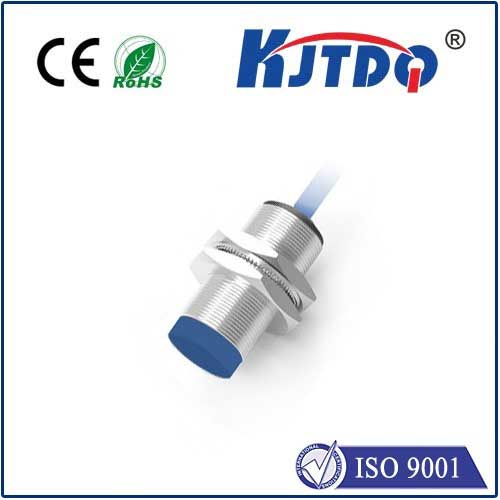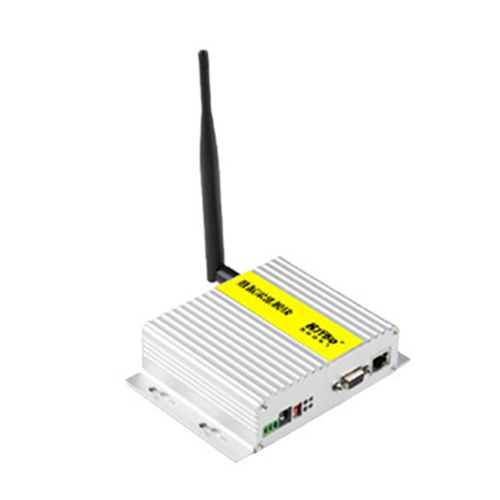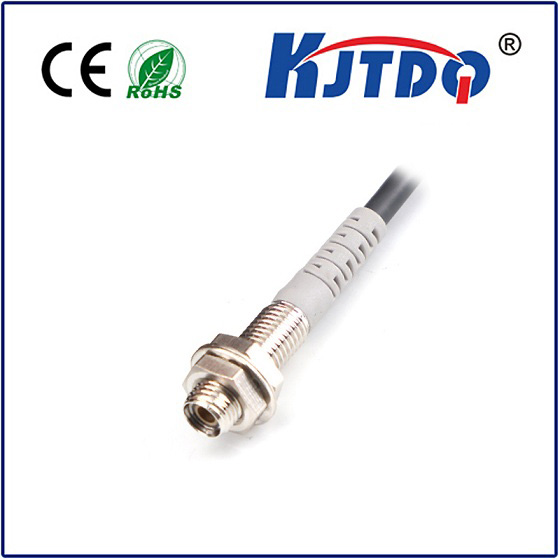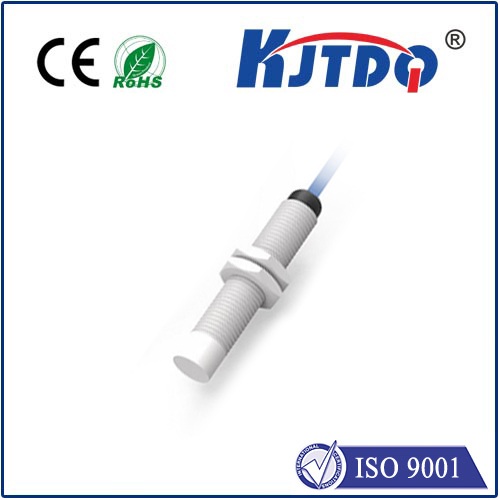

check

check

check

check

check

check

check

check

check

check
Title: The Power of 3 Position Limit Switches in Industrial Automation
In the realm of industrial automation, the importance of precise and reliable control systems cannot be overstated. One key component in achieving this level of control is the 3 position limit switch, a versatile device that provides an efficient means of monitoring and regulating the flow of materials, equipment, and processes within an automated system. By understanding the unique features and capabilities of these switches, engineers and technicians can optimize their applications and improve overall efficiency and safety. This article will explore the fundamental principles behind 3 position limit switches and highlight their essential role in modern industrial automation.
The Basic Concepts of 3 Position Limit Switches
At its core, a 3 position limit switch is a mechanical device that detects and transmits information on the position of a lever or switch within a machine or system. There are three possible states in which this mechanism can operate: open, closed, or partially open. These positions are typically indicated by colored indicators or labels, such as red for "open" and green for "closed."
When the lever or switch is in the open position, it allows free movement and communication between parts within the system. Conversely, when the lever or switch is in the closed position, it blocks off certain pathways or sections, preventing movement or feedback between those areas. In some cases, a 3 position limit switch may also include a partially open position, which allows for slight adjustments or adaptations to the system's operation.
Advantages of Using 3 Position Limit Switches
There are several key advantages to incorporating 3 position limit switches into your industrial automation system. Perhaps most notably, these devices provide highly accurate and reliable monitoring of machine performance and system status. By detecting any deviations from normal operating parameters, 3 position limit switches can alert operators to potential issues before they escalate into serious problems.
Furthermore, these switches can be used to optimize the efficiency and effectiveness of various processes within an automated system. For example, a 3 position limit switch can be installed to control the flow of materials into a production line, ensuring that only the appropriate quantities are utilized at any given time. Similarly, these switches can be used to regulate the speed and direction of machinery within a manufacturing plant, further improving output and minimizing waste.
Conclusion
In conclusion, the use of 3 position limit switches is a critical aspect of modern industrial automation. These devices provide valuable insights into machine performance and enable engineers and technicians to make informed decisions about system optimization and safety. By leveraging the unique features and capabilities of these switches, organizations can ensure that their automated systems operate at peak efficiency while minimizing risks and downtime. As technology continues to evolve and new applications emerge, it is likely that 3 position limit switches will remain an integral part of industrial automation for years to come.
